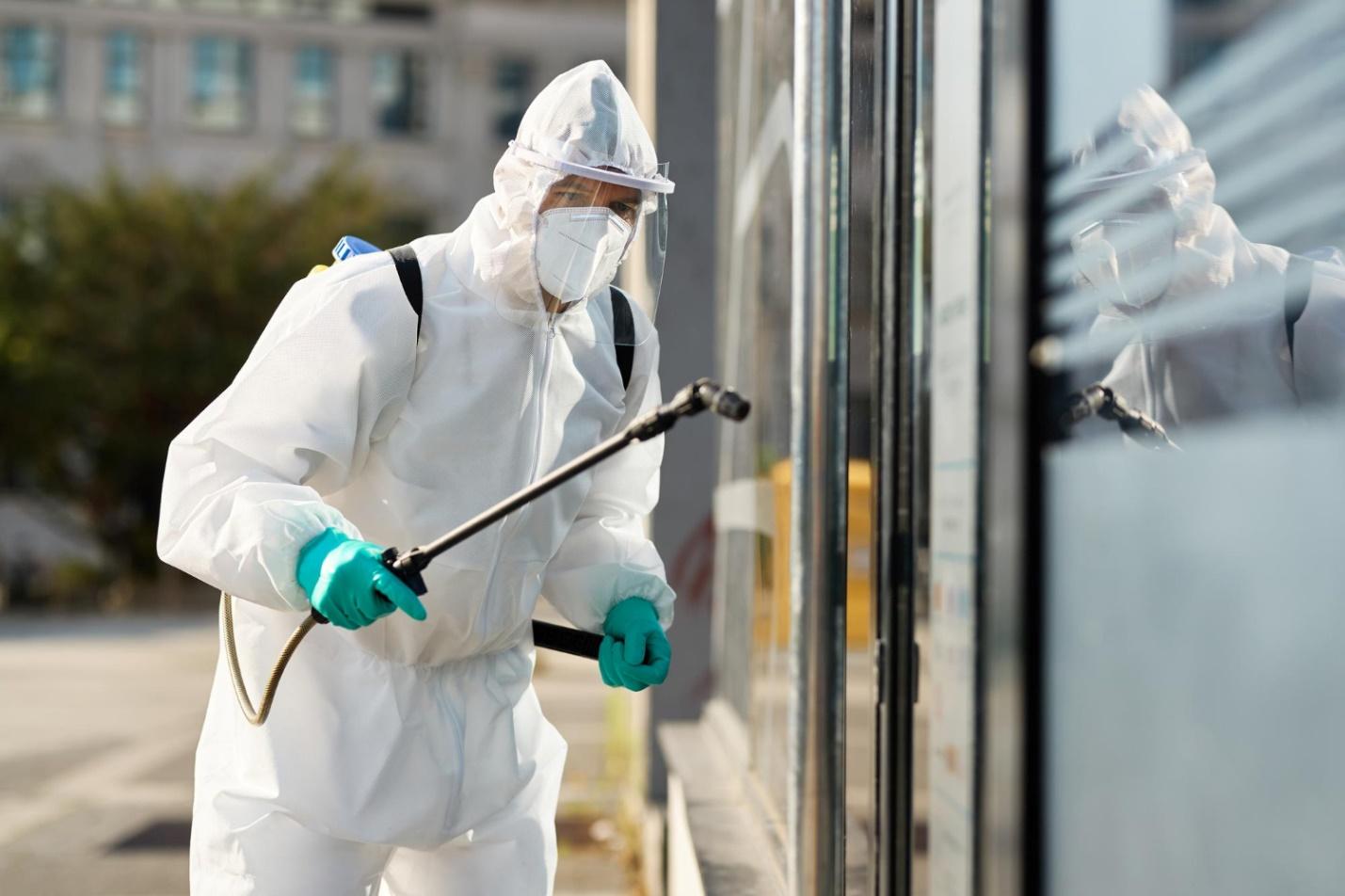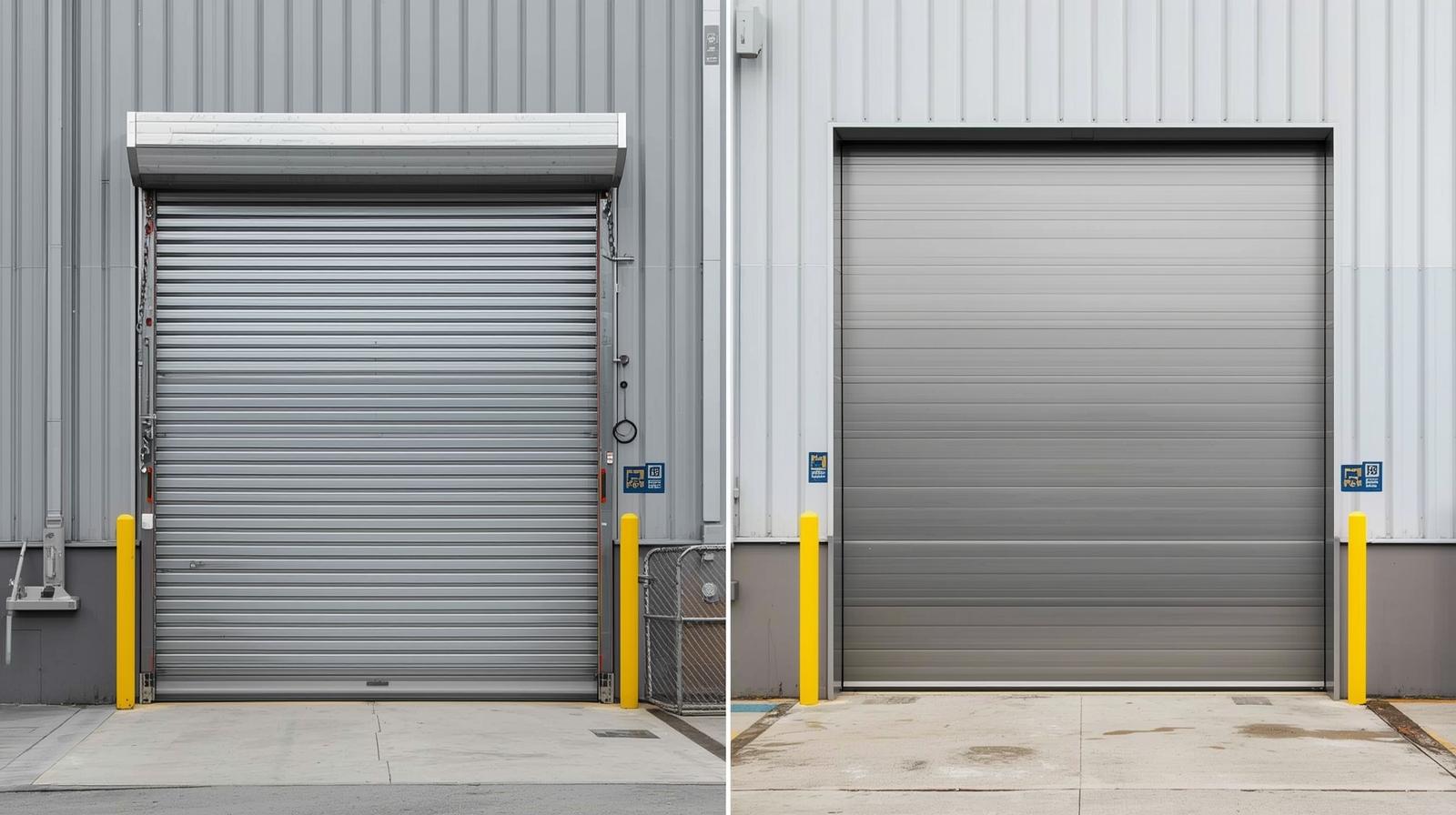When it comes to termites, taking action early can save thousands of dollars in structural damage. With termites quietly consuming wood from the inside out, many infestations go unnoticed until it’s too late. That’s why professional termite inspections and treatment are essential.
But what happens when a termite infestation is confirmed—or when you’re simply planning preventive measures? Understanding the available treatment options helps homeowners make informed decisions. The most common and effective termite control strategies used today include bait stations, soil barriers, and heat treatments. Each method serves a different purpose and varies in how it targets termite colonies.
This guide breaks down how these three modern techniques compare, so if you’ve recently searched for termite control near me or pest control near me, you’ll know what to expect—and how to choose the best approach.
Why Termite Treatment Is Not One-Size-Fits-All
No two termite infestations are exactly alike. The right solution depends on:
- The species of termite (subterranean vs. drywood)
- The location and extent of the infestation
- The structure and layout of the property
- Budget and tolerance for disruption
- Environmental or safety concerns
This is where professional termite inspections matter most. Before choosing a treatment, an expert should determine the source of the infestation, its severity, and which parts of your home are vulnerable.
Once that’s established, one or more of these three treatment methods may be recommended.
1. Bait Stations: Targeting Colonies from Within
What they are:
Bait stations are strategically placed around the perimeter of a home. Each station contains a cellulose-based bait laced with a slow-acting insect growth regulator. Termites feed on the bait and carry it back to the colony, where it spreads and eventually eliminates the queen and workers.
Best for:
- Subterranean termites
- Long-term, low-disruption control
- Homeowners who want a less invasive option
Pros:
- Non-invasive and easy to install
- Environmentally friendly with minimal chemical exposure
- Ongoing protection if stations are maintained
- Effective at eliminating entire colonies over time
Cons:
- Slower results—may take weeks or months to fully eliminate a colony
- Requires regular monitoring by a licensed pest control provider
- Less effective for drywood termites, which don’t travel through soil
Verdict:
If you’re dealing with subterranean termites and are looking for a minimally disruptive, long-term control method, bait stations are an excellent choice. They’re especially effective as part of an ongoing termite control and prevention plan.
2. Soil Barriers: The First Line of Defense
What they are:
Soil treatments involve applying liquid termiticides around the perimeter of a building. These chemicals seep into the ground to create a treated zone that kills or repels termites as they attempt to tunnel through the soil toward the structure.
Best for:
- Homes with crawlspaces or slab-on-grade foundations
- Preventing new infestations
- Treating areas with high subterranean termite activity
Pros:
- Quick results—kills on contact
- Long-lasting (some termiticides offer up to 10 years of protection)
- Creates a chemical barrier around the entire home
- Proven to reduce risk of reinfestation
Cons:
- Requires trenching or drilling around the home’s perimeter
- May involve chemicals near wells or water sources (requires careful application)
- Effectiveness can diminish over time if soil shifts or is disturbed
Verdict:
For immediate protection, especially in high-risk termite zones, soil treatments are often considered the gold standard. They’re also commonly recommended following termite inspections that identify active infestations around foundations.
3. Heat Treatments: Chemical-Free and Fast
What they are:
Heat treatment involves raising the internal temperature of a structure to a level lethal to termites—typically between 120°F to 140°F. Specialized equipment is used to circulate heated air, penetrating wood and wall cavities to eliminate termites in hard-to-reach areas.
Best for:
- Drywood termite infestations
- Homes or apartments with limited access to chemical options
- Clients who prefer a chemical-free solution
Pros:
- Entirely chemical-free
- Treats infestations in one visit (usually within 24 hours)
- Kills termites in hard-to-reach areas like wall voids and attic beams
- No long-term chemical residue
Cons:
- No residual protection—termites can return if new colonies form
- Requires vacating the property for safety
- Can be less effective for subterranean termites located deep in soil
- May cause cosmetic damage if not monitored properly
Verdict:
Heat treatments are ideal for isolated drywood termite infestations, especially for those seeking a fast, eco-conscious method. However, without follow-up prevention, there’s a chance termites could return.
Comparing the Three Methods Side by Side
| Feature | Bait Stations | Soil Barriers | Heat Treatment |
| Targets Subterranean | ✅ Yes | ✅ Yes | ⚠️ Limited |
| Targets Drywood | ❌ Not ideal | ❌ Not ideal | ✅ Yes |
| Speed of Results | Slow (weeks/months) | Fast (hours to days) | Very fast (single day) |
| Disruption Level | Low | Moderate | Moderate to High |
| Environmental Impact | Low | Medium | Very Low |
| Long-Term Prevention | ✅ With monitoring | ✅ Lasts years | ❌ No residual effect |
| Ideal Use | Prevention/ongoing | Active infestations | Isolated infestations |
Choosing the Right Termite Treatment for Your Home
If you’ve already looked into pest control near me or scheduled a termite inspection, your service provider will likely recommend one of the above treatments—or a combination.
You may want to prioritize:
- Speed: Soil barriers or heat treatment
- Prevention: Bait stations with long-term monitoring
- Low environmental impact: Heat or bait systems
- Budget-friendliness: Bait stations typically have lower upfront costs but require ongoing maintenance
- Minimal disruption: Bait stations offer the least impact on daily living
No matter which method is chosen, regular termite inspections remain the key to protecting your home. Even after successful treatment, reinfestations can occur if new colonies migrate toward untreated areas.
Final Thoughts
Today’s termite treatments are safer, smarter, and more customizable than ever before. Whether you’re dealing with an active infestation or proactively protecting your home, understanding the pros and cons of each method helps you choose the best fit for your situation.
If you’re unsure where to start, search for termite control near me and consult a licensed pest control expert in your area. They’ll assess your property, explain your options clearly, and guide you toward a treatment plan that fits your needs—and your peace of mind.
After all, termites don’t take days off. But with the right approach, you can stay one step ahead.




